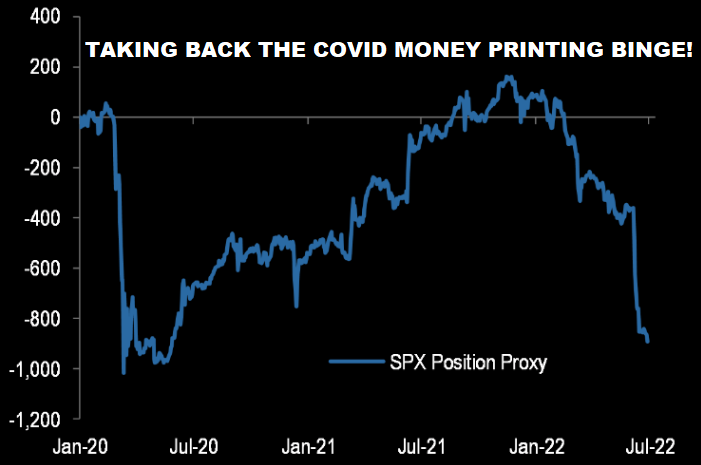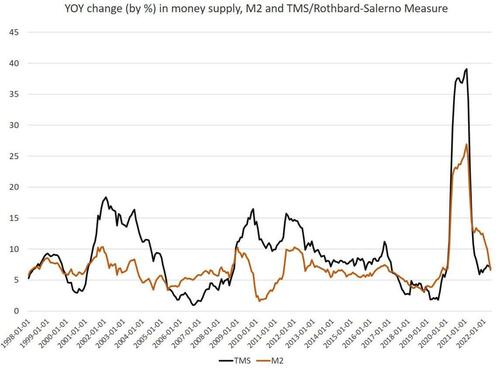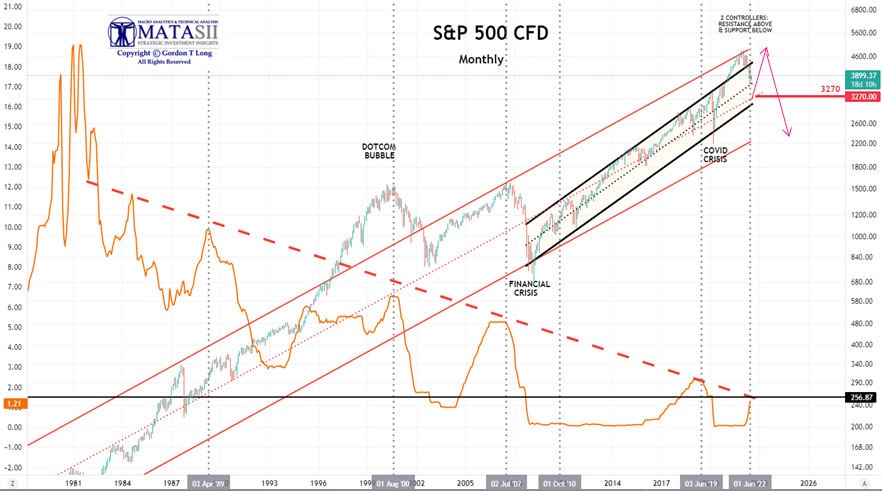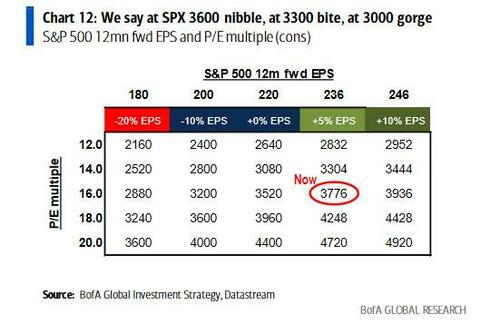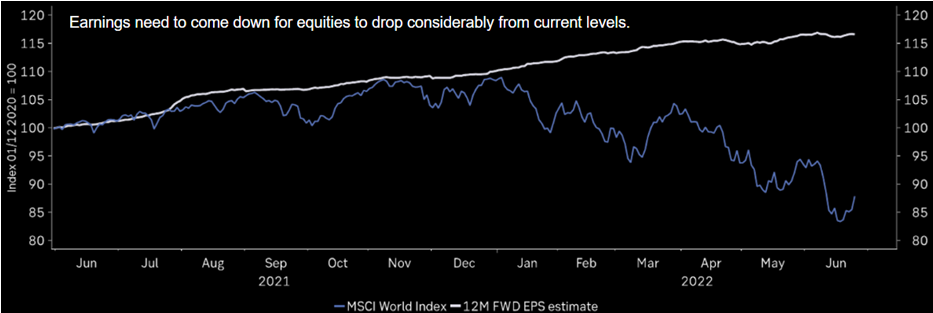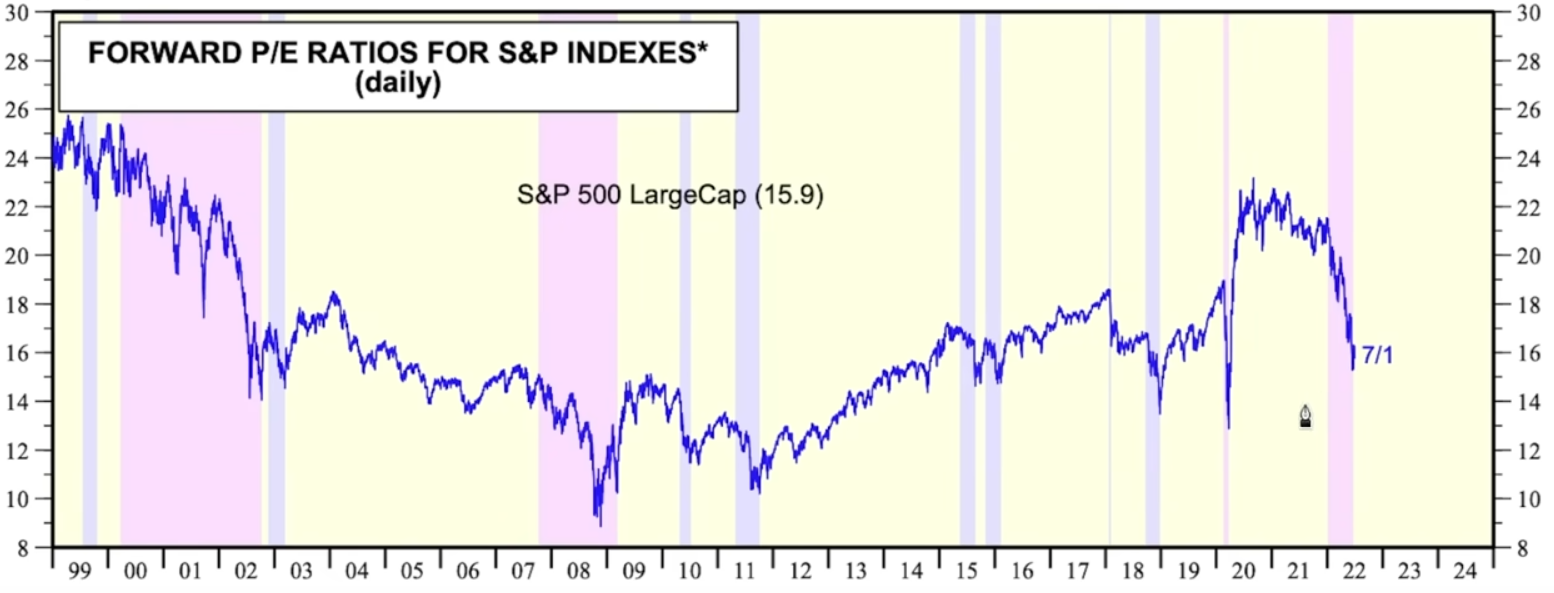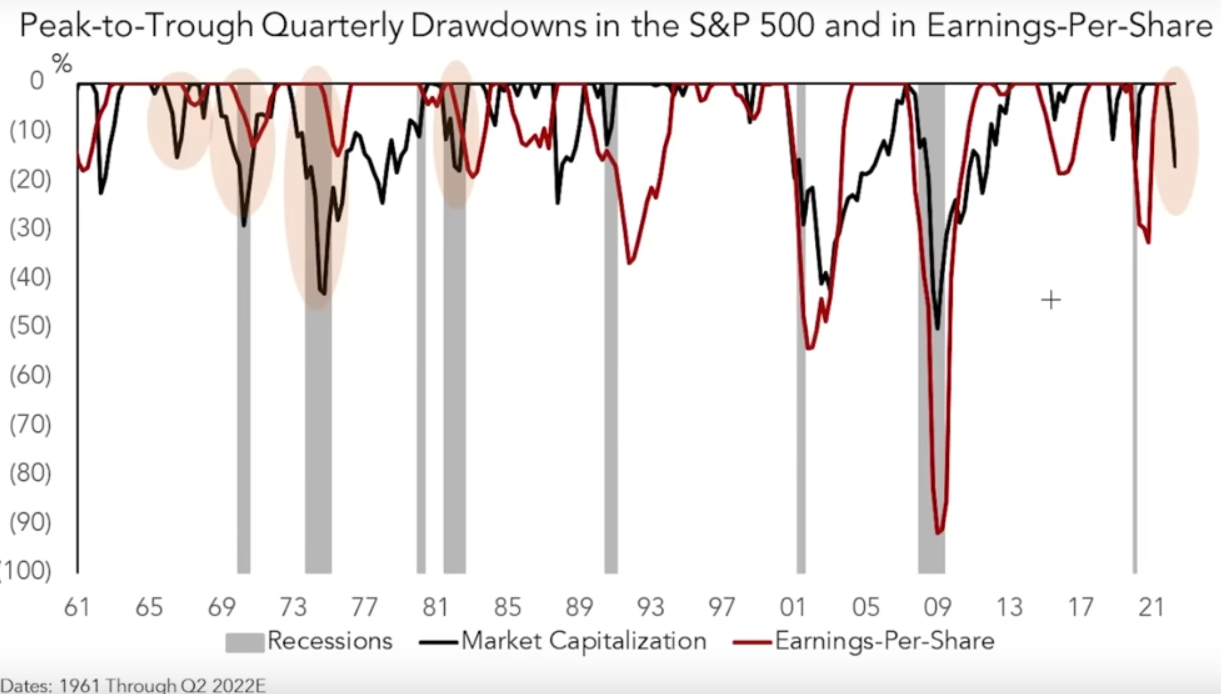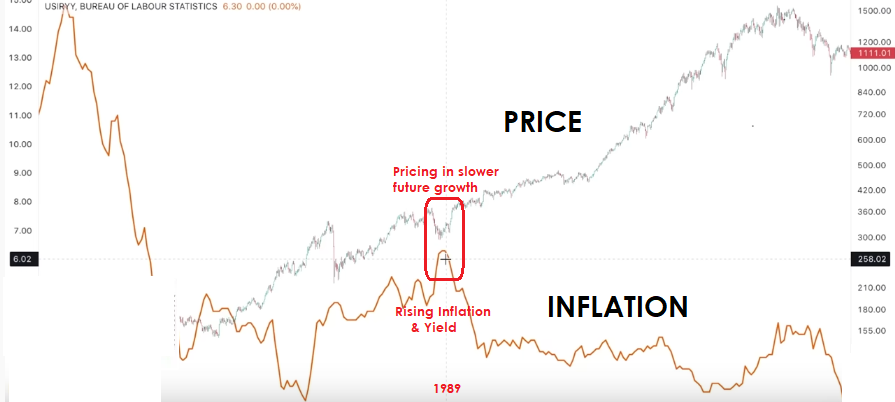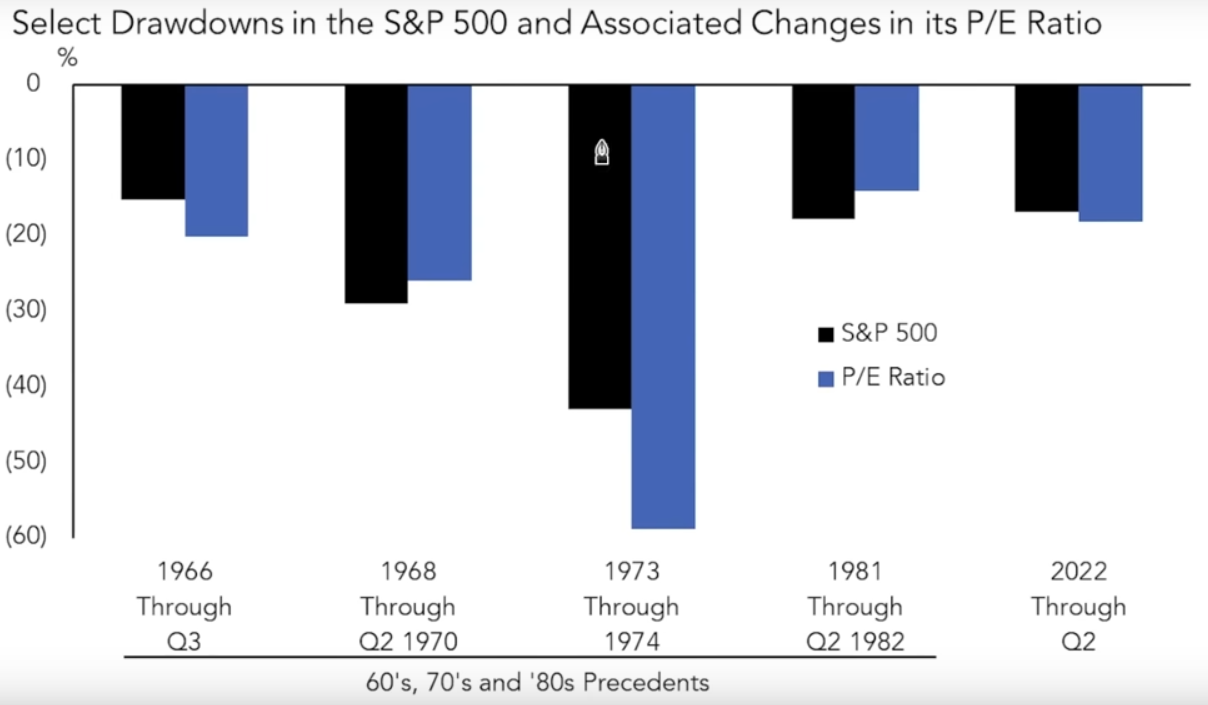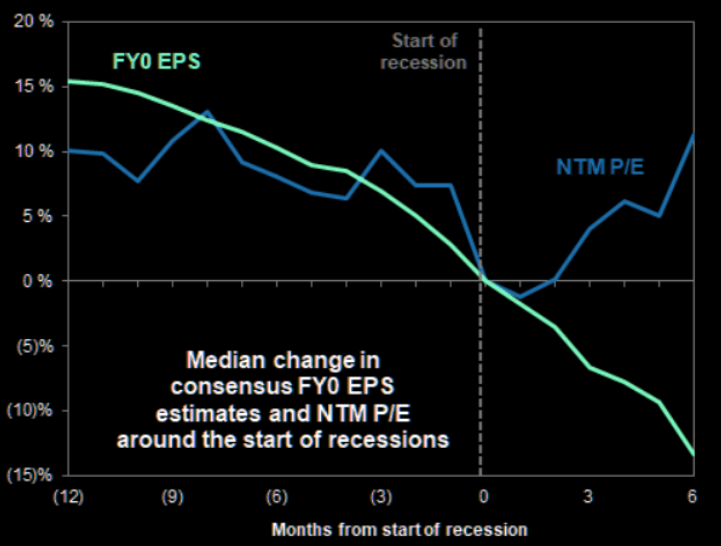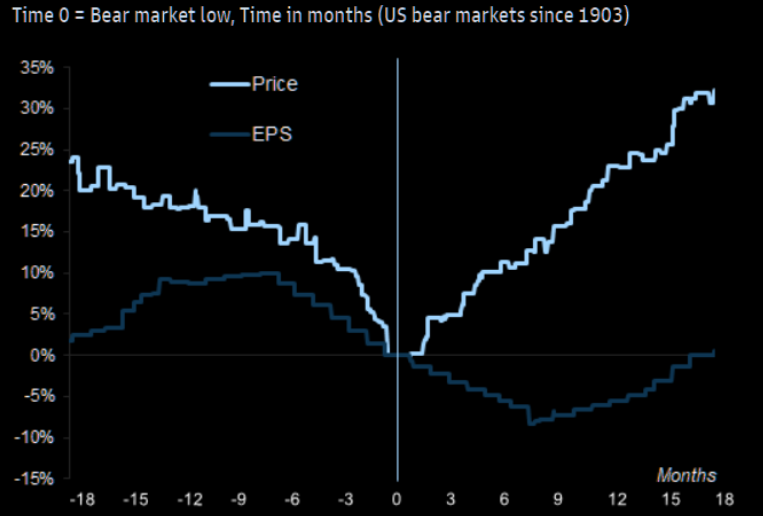MATA: FUNDAMENTALS
EARNINGS
MATASII’S Q2 EARNINGS GUIDANCE TRANSLATOR
- How to watch for timing between FY Earnings and NTM (Next Twelve Month) PE,
- How to watch for price divergence between Price and EPS where Price goes up as EPS continues down,
- How critical it is to use an Inflation era Price & EPS divergence model, not the model used since the Dot-Com Bubble and advent of the Low Rate Era.
- PHASE I – COVID-19 FALLOUT:
- The current market drop is a correction of the Covid-19 rally created by excessive expansion of central bank balance sheets.
- PHASE II – CONSUMER RECESSION:
- The Current Market Correction will end when the market has fully priced in a Consumer Spending Recession.
- PHASE III – CENTRAL BANKS REVERSE POLICY:
- Fed policy can be expected to reverse from QT and Rate hikes to QE with Rate Cuts sometime in early Q4 2022.
- Prices will rally prior to Fed taking actions.
- UNDERSTANDING EARNINGS GUIDANCE IN AN INFLATIONARY ENVIRONMENT:
- In a high inflation period (inflation over 5%) we can expect that when earnings (EPS) finally start to fall Price should start to rise.
- UNDERSTANDING PE’s & EPS TIMINGS:
- Historical PE and EPS Timing methods must be modified to reflect the current high inflation period we are experiencing.
=========
|
|
|
|
|
|
|
|
|
|
|
|
|
|
|
|
|
|
|
|
|
|
|
|
|
|
|
|
|
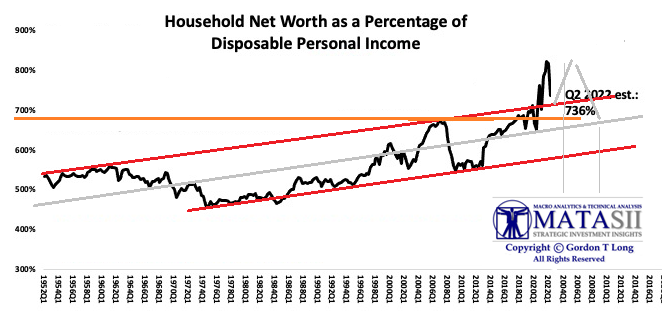 |
FAIR USE NOTICE This site contains copyrighted material the use of which has not always been specifically authorized by the copyright owner. We are making such material available in our efforts to advance understanding of environmental, political, human rights, economic, democracy, scientific, and social justice issues, etc. We believe this constitutes a ‘fair use’ of any such copyrighted material as provided for in section 107 of the US Copyright Law. In accordance with Title 17 U.S.C. Section 107, the material on this site is distributed without profit to those who have expressed a prior interest in receiving the included information for research and educational purposes. If you wish to use copyrighted material from this site for purposes of your own that go beyond ‘fair use’, you must obtain permission from the copyright owner.
NOTICE Information on these pages contains forward-looking statements that involve risks and uncertainties. Markets and instruments profiled on this page are for informational purposes only and should not in any way come across as a recommendation to buy or sell in these assets. You should do your own thorough research before making any investment decisions. MATASII.com does not in any way guarantee that this information is free from mistakes, errors, or material misstatements. It also does not guarantee that this information is of a timely nature. Investing in Open Markets involves a great deal of risk, including the loss of all or a portion of your investment, as well as emotional distress. All risks, losses and costs associated with investing, including total loss of principal, are your responsibility.


